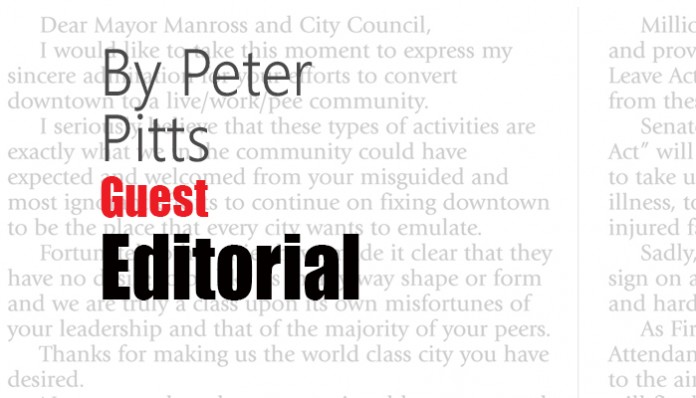According to the latest report from the Altarum Institute, “moderate 2016 health spending growth continues a slow downward trend.” Unfortunately, this doesn’t fit the narrative of those who want to talk about runaway trains — especially for pharmaceuticals.
Here are the numbers: Hospital spending represents 32 percent of American healthcare spending, 20 percent goes to physician and clinical services, 15 percent goes to “other health spending,” and 10 percent is for prescription drugs.
Here’s the headline — Pharmaceuticals represent 10 percent of American healthcare spending. A dime on the dollar. A smaller percentage than almost every nation in Europe.
And here’s the subhead — Spending on pharmaceuticals is growing at a slower rate (under four percent) than either hospital (just under five percent) or physician costs (just over five percent). This breakdown is based on the Bureau of Economic Analysis monthly spending data, including its most recent update released on August 29th of this year.
While pharmaceutical spending seems to be the only issue of interest to the media and politicians, the Altarum account isn’t the one they’re telling. Almost every story and every speech on the drug sector focuses on price without the context of value, using a few bad actors to represent the entire industry. Unfair? Sure — but life is unfair. There is, however, no excuse for slanted stories and untrue, accusatory political oration.
Disease is the enemy. Practicing physicians know this, but their professional association — the American Medical Association — seems in need of some education. The AMA’s new program, “truthinrx.org,” is entirely silent on the actual metrics of healthcare spending and the value of pharmaceutical innovation. Ignorance is not bliss.
Medicines lower health care costs by improving patient health and warding off more serious complications, government interventions that discourage drug development will increase health care spending, not cut it.
For instance, anti-retroviral drugs have cut the HIV/AIDS death rate a stunning 85 percent since the mid-1990s. That didn’t just save tens of thousands of lives — it also saved the U.S. economy $615 billion by averting health care spending and increasing worker productivity.
It’s also important to note that generic drugs, which account for 85 percent by volume of all the medicines used in the United States, are cheaper here than in Europe or Canada.
The current inquisition of the pharmaceutical industry is meant to justify government restrictions on drug pricing. If facts still matter, free-market competition will be exonerated and upheld as the best way to contain health care spending while delivering quality care. If they don’t matter, and legislators insist on imposing innovation-killing price controls, future health care savings will go up in smoke.
Healthcare innovation saves lives, saves money, promotes economic growth, and provides hope for hundreds of millions of people (both patients and care-givers) in the United States and around the world. It deserves respect — or at least honest reportage.
Does this sound naïve? Perhaps, but as Schopenhauer said, “All truth passes through three stages. First, it is ridiculed. Second, it is violently opposed. Third, it is accepted as being self-evident.”
Peter J. Pitts, a former FDA Associate Commissioner, is President of the Center for Medicine in the Public Interest.





